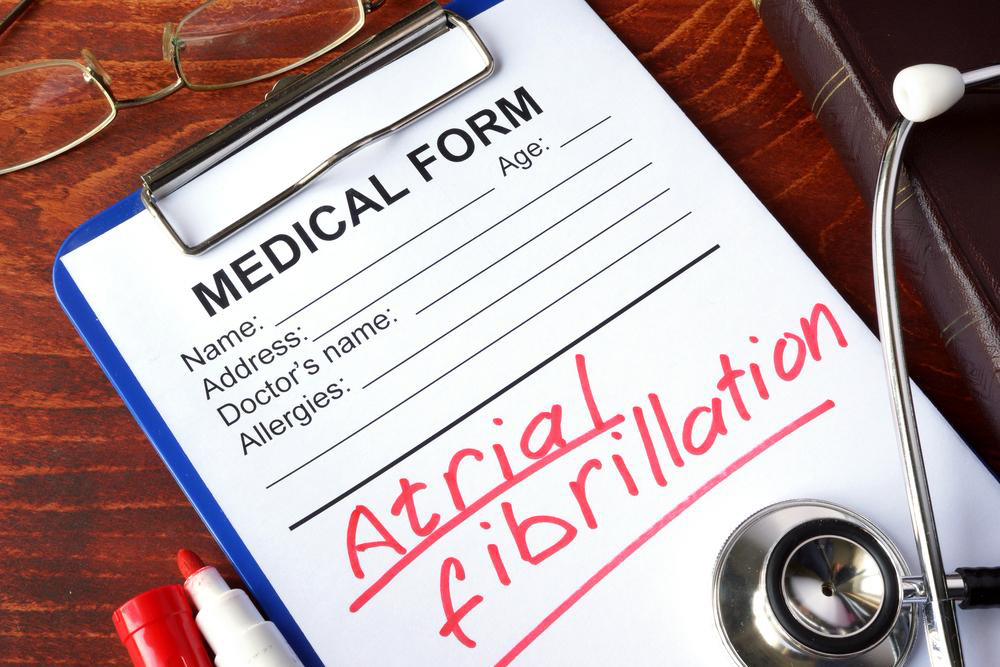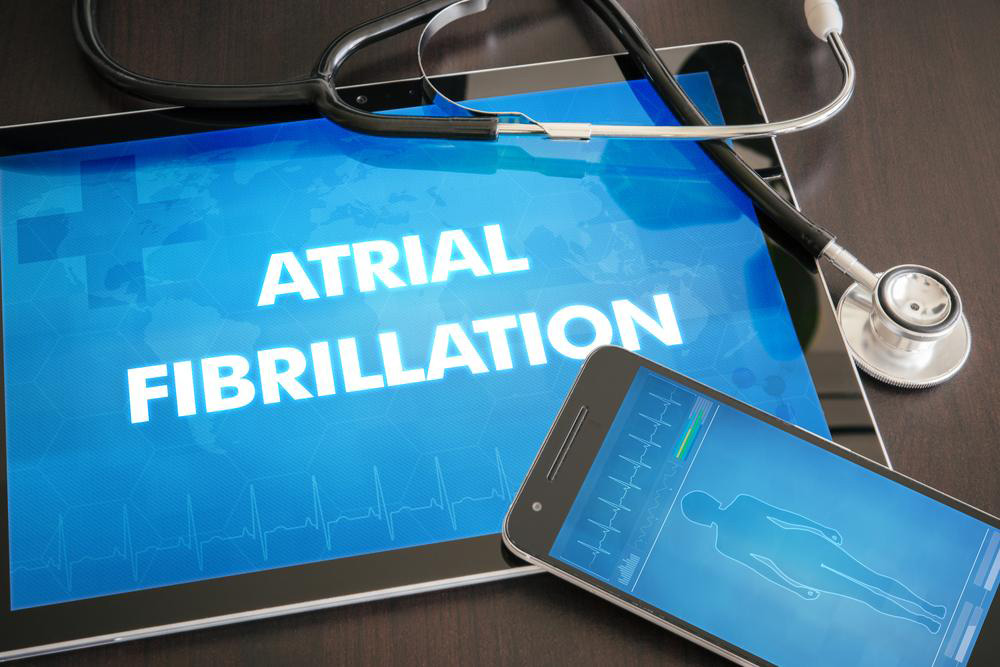Comprehensive Guide to Atrial Fibrillation: Recognizing Symptoms and Exploring Management Options
This comprehensive article explores atrial fibrillation, detailing its symptoms, risks, and modern treatment options. Recognizing early signs such as irregular heartbeat and dizziness is crucial for timely care. The article covers various management strategies, including medications, ablation, and anticoagulants, emphasizing the importance of ongoing medical supervision to prevent severe complications like stroke and heart failure. An in-depth understanding of atrial fibrillation can empower patients to seek prompt intervention, leading to better health outcomes and improved quality of life.

An In-Depth Look at Atrial Fibrillation: Symptoms, Risks, and Treatment Strategies
Atrial fibrillation (AF) overview: Understanding its symptoms and effective management strategies
Atrial fibrillation is a common and potentially serious heart rhythm disorder characterized by irregular and often rapid beating of the upper chambers of the heart, known as the atria. This condition arises when electrical impulses in and around the atria become disorganized, disrupting the heart’s normal rhythm. As a result, the atria quiver uncontrollably rather than contracting in a coordinated manner, which can impair blood flow throughout the body. If left untreated, atrial fibrillation significantly increases the risk of severe complications such as stroke, heart failure, and cognitive impairment. Early diagnosis, appropriate treatment, and continuous management are essential to mitigate these risks and maintain cardiovascular health.
Recognizing the symptoms of atrial fibrillation
Understanding the signs and symptoms of atrial fibrillation is crucial for early intervention. Some of the most common symptoms include:
Irregular Heartbeat: Feeling like the heart is pounding, fluttering, or skipping beats unpredictably. Patients often describe a sensation of an irregular or racing pulse which can be felt in the neck or wrist.
Fainting or Near-Fainting: Sudden loss of consciousness or feeling faint can occur due to reduced blood flow to the brain, often accompanied by dizziness.
Dizziness and Lightheadedness: Sensations of vertigo or feeling unsteady, which may be associated with a sense of disorientation or imbalance.
Breathlessness or Shortness of Breath: Difficulty breathing during exertion or even at rest, caused by inefficient blood circulation and decreased oxygen delivery to tissues.
Chest Discomfort or Pain: A dull ache, pressure, or tightness in the chest area, potentially indicating reduced oxygen supply to the heart muscle.
Swelling in Legs and Ankles: Fluid accumulation in the lower extremities, known as peripheral edema, can result from heart inefficiency.
Increased Lung Issues: Reduced oxygenation may predispose to respiratory complications or exacerbate existing lung conditions.
Individuals with underlying health issues such as high blood pressure, coronary artery disease, or prior cardiac surgeries are at even higher risk of developing atrial fibrillation. Additionally, factors like advancing age, excessive alcohol consumption, physical stress, and a family history of arrhythmias can increase susceptibility. Recognizing early symptoms and seeking timely medical care are vital in preventing serious outcomes like strokes, heart failure, and cognitive decline due to decreased blood flow to vital organs.
Effective treatment strategies for atrial fibrillation
Managing atrial fibrillation involves a combination of medication, procedural interventions, lifestyle modifications, and ongoing monitoring. The goal is to restore and maintain normal heart rhythm, control heart rate, prevent blood clots, and reduce the risk of stroke. Treatment options include:
Acute Episode Management: During sudden episodes, doctors may prescribe medications such as antiarrhythmics to restore normal rhythm. If medications are ineffective, electrical cardioversion—applying a controlled, low-voltage electric shock—is used to reset the heart’s rhythm back to normal.
Rate Control: Slowing down the heart rate with medications like beta-blockers (e.g., metoprolol), calcium channel blockers, or digoxin helps alleviate symptoms and reduce cardiac stress while maintaining a regular rhythm.
Rhythm Control: Druggies like amiodarone, flecainide, or propafenone are used to restore and maintain normal sinus rhythm. These medications can be effective but may carry risks and side effects, thus requiring careful monitoring.
Ablation Therapy: For persistent or recurrent episodes, minimally invasive procedures such as radiofrequency catheter ablation target and destroy abnormal electrical pathways in the heart. This procedure often offers a long-term solution, especially for patients who do not respond well to medications.
Anticoagulation Therapy: Blood thinners such as Dabigatran (Pradaxa), Rivaroxaban (Eliquis), or Apixaban significantly reduce the risk of blood clot formation, stroke, and systemic embolism. This is particularly critical for patients with additional stroke risk factors.
Adhering to prescribed medication regimens, regular follow-up appointments, and lifestyle modifications — such as maintaining a healthy weight, managing blood pressure, limiting alcohol intake, and avoiding excessive caffeine — are essential elements of ongoing atrial fibrillation management. Discontinuing medications or neglecting follow-up care can lead to relapse or increased complication risk; hence, continuous medical supervision is vital for keeping the condition under control.
In conclusion, atrial fibrillation is a complex but manageable condition. Early detection, a comprehensive treatment plan tailored to individual needs, and consistent monitoring can greatly improve quality of life and reduce serious health risks. If you experience symptoms such as irregular heartbeat, dizziness, or chest discomfort, consult a healthcare professional promptly to initiate appropriate diagnostic evaluations and treatment strategies.





